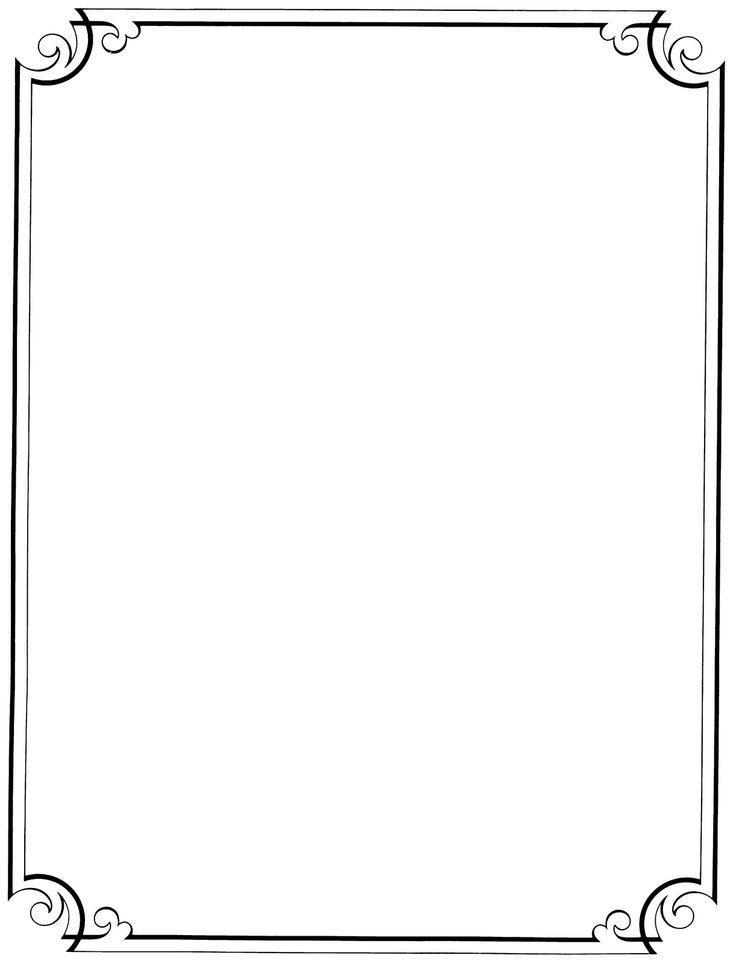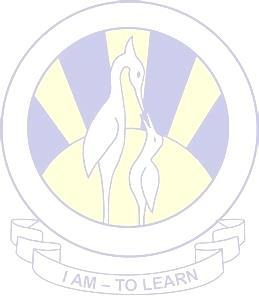FS 2 Assessment POLICY





The assessment and evaluation of children’s learning is intended to inform and improve student learning and to ensure effective teaching and learning. A thorough understanding of student learning requires three components: assessment, evaluation, and reporting.
Assessment is...
The gathering, recording and analysis of data about the student’s progress and achievements

Evaluation is...
The making of judgments and decisions based on the interpretation of accumulated data
Reporting is...
The sharing of clear, accurate and timely information with parents/guardians, students, and educators
Assessment, evaluation and reporting are used throughout the teachinglearning cycle in order to compile clear, accurate and timely information on student progress and proficiency. They enable teachers to determine how activities and strategies are working and if any changes are required in programming to assist children to achieve the learning expectations for the foundation stage.
This cycle begins with the learning expectations from school/FS readiness as well as the EYFS outcomes. Teachers develop and implement a range of instructional strategies that address student needs, abilities and learning styles and are based on these expectations and directives. Teachers also continually assess students’ achievements and progress using a variety of appropriate strategies. This assessment information is collected and analyzed
to determine student needs, set goals and develop plans to improve student learning. Teachers communicate clear and detailed information to parents/guardians about their child’s achievement, areas for growth and suggestions for supporting their child’s learning at home.
The FS progress report, the End of Semester report and Parents’ Conferences, seesaw as well as phone calls and emails are the methods used by teachers to report on student learning.
ASSESSMENT




● collecting information about progress of learners LEARNING
TEACHING
● Amount of Support needed for new

PLANNING
● Select
● objective
● grouping
● resource
● approach
EVALUATION
● What can the student do?
● What is the student attempting to do?
● What does the student need to do?
Teaching is providing the amount of support necessary to ensure that new learning occurs. For that to happen, the teacher must know what the learner needs and how to teach it. She makes decisions based on the teaching and learning cycle. The teaching and learning cycle has four key elements: assessment, evaluation, planning, and teaching, supported by an understanding of the reading process, the writing process, and of the conditions that are favorable for learning to occur.
The teaching and learning cycle describes the process by which teachers make professional instructional decisions and then act on those decisions. The goal of any teaching is to produce new learning, which in turn provides a new assessment sample for the teacher to evaluate.

The cycle begins with the teacher taking an assessment sample which is likely to be a running record, a writing sample, or notes from the teacher’s monitoring notebook. The teacher evaluates the samples, looking for the strengths of the learner and what the learner needs to know next. The evaluation is formative, done for the purpose of identifying the teaching that is needed to help each learner move forward. We start this by using the GL/baseline assessment two-three weeks after the joining date. The baseline assessment is analyzed, and the results are shared with the parents and the inclusion department is case of any special concerns.
Effective planning leads to focused teaching. Using the analysis of the sample, the teacher plans for the teaching event. The teacher’s understandings of the curriculum expectations guide her in selecting a teaching objective.
Instruction can be whole group, small group, or individual. The teacher will often group children with similar needs. She chooses a resource that will help her achieve her objective and then determines the approach based on the amount of support needed by the learner(s). Students of all levels experience being read to, shared reading, guided reading, and independent reading, and writing demonstrations, shared writing, guided writing, and independent
writing on a daily basis; the development of writing and reading is essential for the development of other skills.
The teacher’s careful planning provides an experience for the student that scaffolds new learning, which lifts the learner to the next level of understanding, and that in the process provides a new assessment sample for the teacher to evaluate.
To provide information on children’s learning and development, ongoing systematic formative assessment approach is used at FS. These assessments occur within the context of reciprocal communications with families and with sensitivity to the cultural contexts in which children develop.

Assessment results benefit children by informing sound decisions, teaching, and program improvement.
Assessments help teachers plan appropriately challenging curriculum and tailor instruction that responds to each child’s strengths and needs. Assessments can also help teachers identify children with disabilities and ensuring that they receive needed services.
In FS, teachers assess children’s learning in the seven areas of learning. Since young children go through many stages as they grow and learn, early years teachers also consider each child’s cognitive skills.
Samples of templates used for different kinds of assessment are attached to this document.
Teachers used anecdotal notes to record their daily observations. Teachers write daily reflections on their lesson plans. These reflections are used to change the approach or to give extra support for a certain child the next day.
a- The teachers write their objectives for the week on an excel sheet (the same one on which they recorded their baseline assessment). The
teachers evaluate the students’ progress during that week to evaluate the students’ achievements.
b- Every Monday, the team meets to discuss the achievement of the standards and to share any concerns about the curriculum.

c- Every week the daily reflection and the weekly assessment is reflected on the lesson plan. A special re-teach section is added at the bottom of the lesson plan where the teacher can add her re-teach notes when needed.
a- Every three weeks the teacher investigate the standards, prepare a form of assessment to check the achievement and put the results on that same excel sheet. On the excel sheet, the teacher writes the mark (out of 10) and color the cell using the color code. Evidence of progress can be added every two weeks to the seesaw profile but must be added every three weeks for all areas of development and new target will be added every three weeks if possible. Every three weeks the teacher need to go back to the excel sheet and check if there are still any yellow, or orange areas, then individual plans must be done, and new targets will be set. (Our aim is that no child is left behind)
b- The teacher can decide for a short term or long-term target; however, it must be a SMART target and needs to be shared with the parents. The teacher needs to share her concern with the HOD and the Head of Inclusion, so the appropriate support is given to the child. The HOD and the head of inclusion visit the classes regularly and observe children also. They give advice and check on the attainment level of the children.
The head of Department checks on the children’s’ reading level. The teacher reads with the children every day and evaluates the attainment. The HOD evaluates also to make sure that the evaluation is accurate.
4- Summative assessments are done at the end of every Semester and is recorded on that same tracking excel sheet as well as on THE END OF SEMESTER REPORT CARD where the teacher enters the assessment and observation results.
5- Analysis

Data analysis is done twice per semester to show the graph for progress. A color-based analysis is done every week and every three weeks.
6- Individual lesson plans and lesson adaptation is done regularly and is shown on the lesson plan (teacher writes her reflection and /or any adaptation for the lesson for a certain child
7- Targets are communicated with the children and are kept on their tables
PROGRESS TRACKING SHEET:
Quality of performance exceeds the expectations/A+ depending on the standard or expectation
Quality of performance meets the expectations
Quality of performance meets the minimum level of the expectations /B 80-89%
Quality of performance is below the expectations
Quality of performance is below the expectations
Quality of performance is significantly below the expectations/F0 F5 0-59%

Description

Child’s photo( evidence)
Date: Adult lead Child lead
Social emotional Numeracy Physical
Language Science cognitive